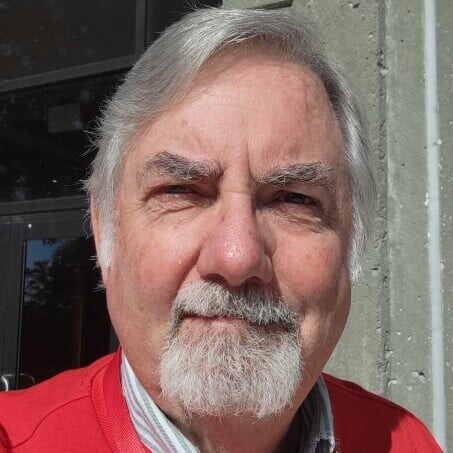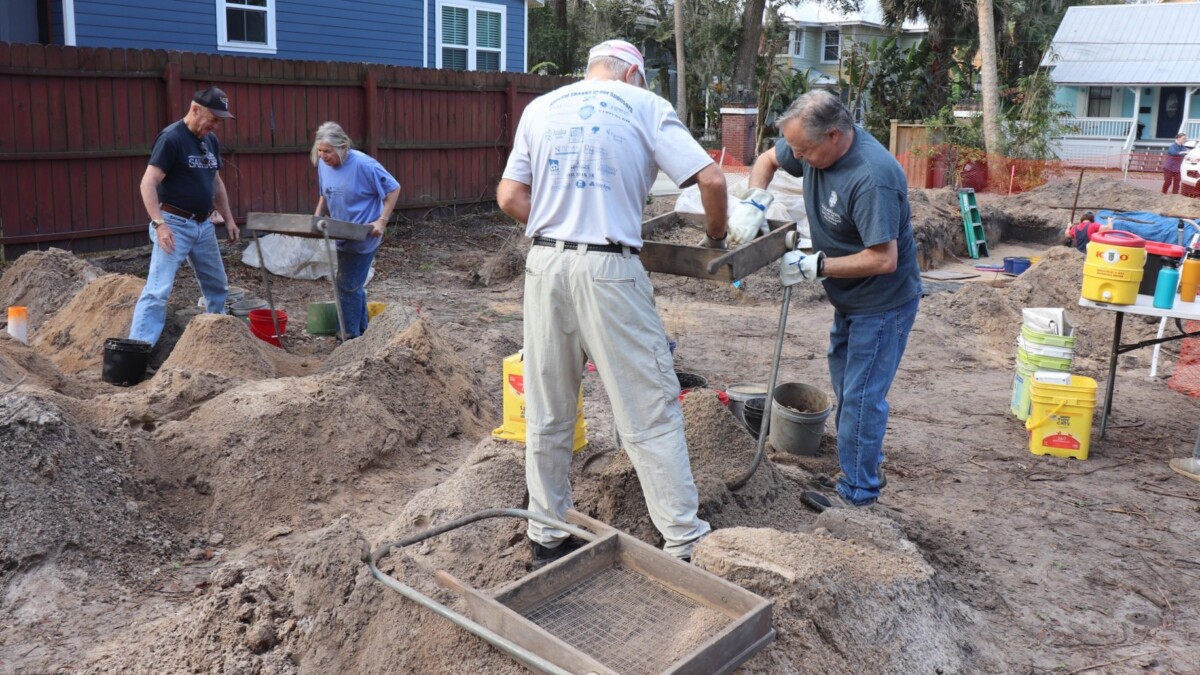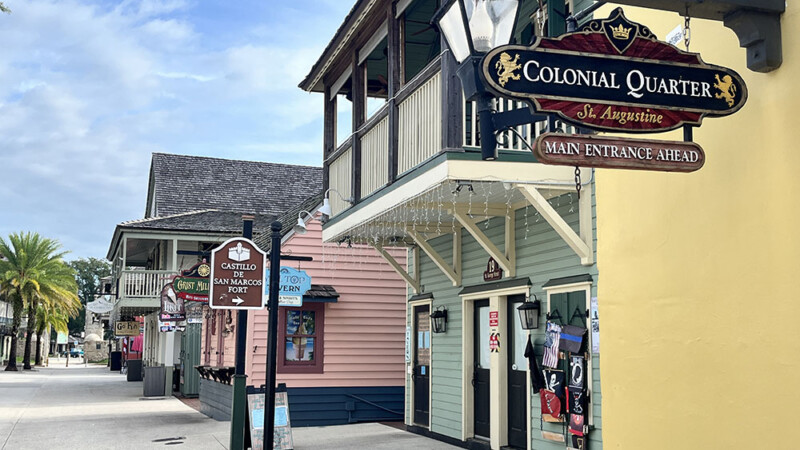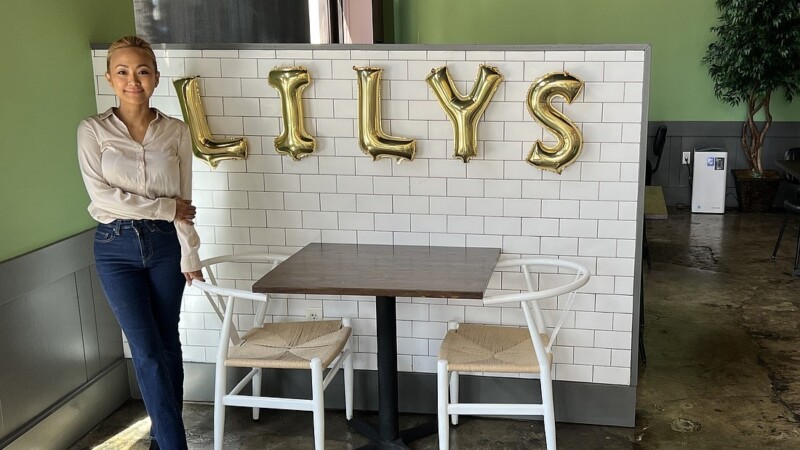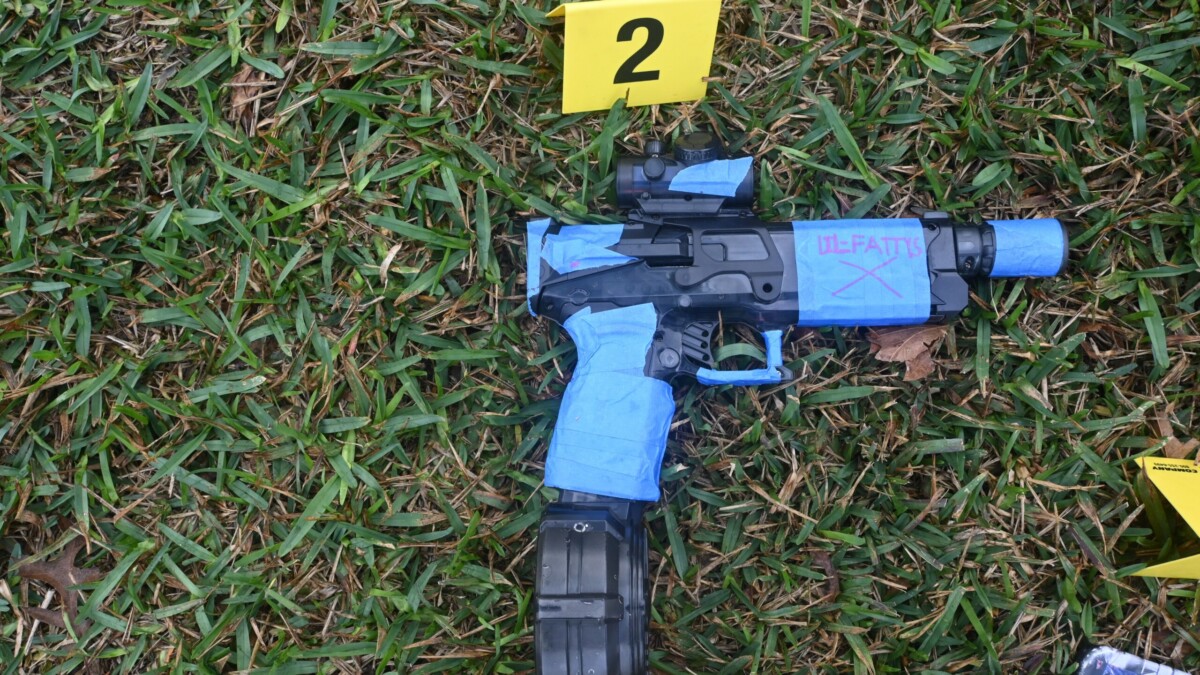A vacant lot stands again on the west side of Lincolnville in St. Augustine, harboring a secret that city archaeologists just unearthed there.
Just over 240 years ago, a small British fort stood in the same spot so British soldiers could keep an eye out for invaders, according to what city archaeologists found in the dirt.
Possibly built of piled-up dirt, what is also known as a redoubt was erected by the British around the original town of St. Augustine from 1763 to 1783, when it was the capital of British East Florida and a key military base.
Until early January, city archaeologist Andrea White said, it was underground at what was a home site, then a vacant lot until its current owner decided to build there again.
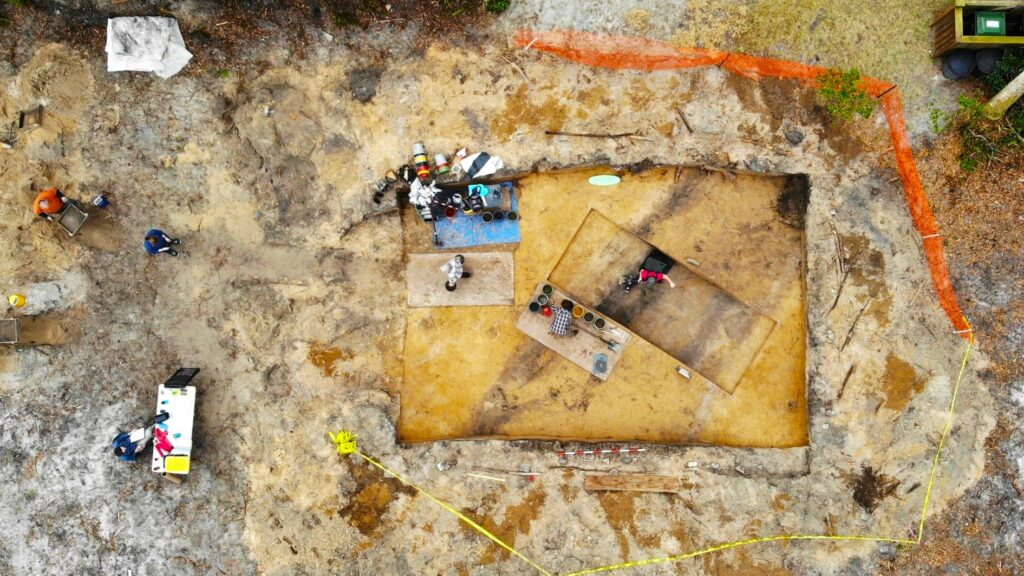
A 39-year-old Archaeology Preservation Ordinance states that a city archaeologist check any site undergoing construction, because something historic could lie beneath almost any of them, White said. Before this site was ready to be developed, White and her crew took a closer look beginning on a very chilly Jan. 22. They found one of seven redoubts, the first ever uncovered.
“This was something very unique done by the British, so it is kind of the only representation that we have of the British constructing any sort of fortifications in St. Augustine,” she said. “One of the other things that is great about is because the historical records are kind of spare, we don’t really know how big they were; how they were constructed; how long they were used.”
St. Augustine lived under occupation by the Spanish and British in its early life in the 16th through 18th centuries. The Spanish had it from 1565, until the British took control in 1763. The Spanish returned in 1783, then the U.S. took the land over in 1821.
Building the fort
During Spanish occupation, leaders started building the Castillo de San Marcos as well as five earthen walls as protection, known as the Rosario and Cubo lines. During the British occupation of Florida, a chain of seven free-standing redoubts also were built west and south of the town, according to the Historical Marker Database.
British troops built these redoubts as the specter of the American Revolution raged in the northern colonies, concerned that what was happening elsewhere in North America could come south, especially along the vulnerable side of the colony of St. Augustine from the San Sebastian River. The problem is, there is no documentation to show where these redoubts were built. Historic maps show them in various spots, while another may display where someone was planning them, White said.
“None of them have been found archaeologically, even though people have been looking for them for decades, until this one,” she said. “It is probably because it is so ephemeral — it is very hard to locate, sort of like looking for a needle in a haystack.”
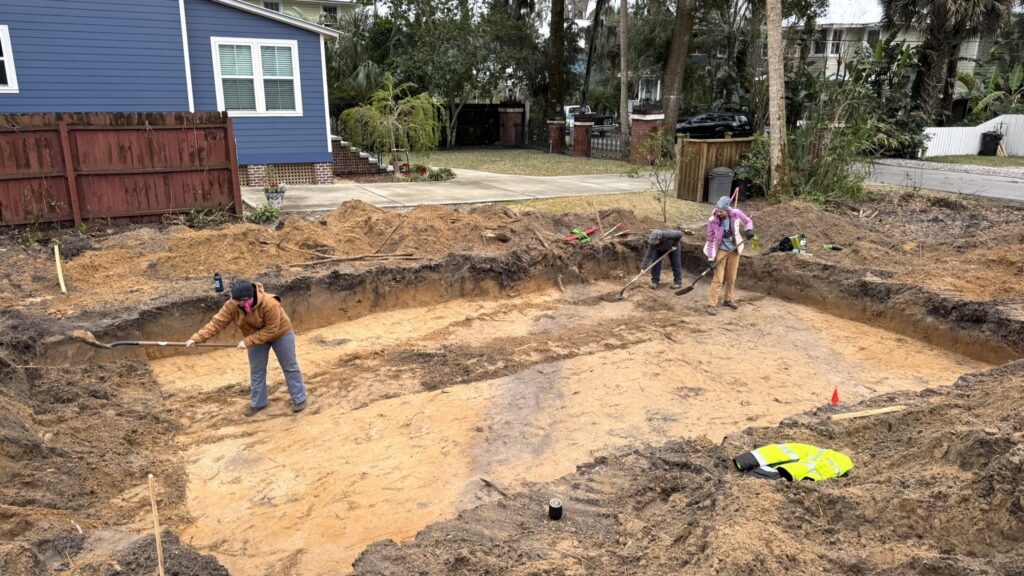
They knew that a Native American mission operated in that area in the early 1700s and that one of the British redoubts could have been erected somewhere near there later. It was never named on any documents they uncovered.
As they tested the site, they found soil deeper down that “looks like some kind of deep ditch,” White said. Further digging by a city Public Works backhoe, and ground-penetrating radar by state archaeologists, confirmed that.
“Lo and behold, we found an extremely large ditch or moat that is about 15 feet wide,” she said. “We knew based on the size of it, the width of it, that this was something that was not an agricultural ditch.”
READ MORE: 19th century ship found buried in St. Augustine
There’s not much else left to show where the fort was, just that protective ditch, and almost nothing in the way of artifacts, she said. All they found were seeds.
“We found very, very, very few artifacts in this whole project,” White said. “That’s one of the reasons it is hard to find and you have to really strip large areas of soil to be able to locate it. It was actually mostly made out of earth, which makes it harder to locate.”
By 1783, the United States was recognized as an independent nation, and the ownership of Florida went back to Spain until the U.S. took it over. That is when the redoubts were probably abandoned and sank back into the landscape.
White considers St. Augustine “one giant single archaeological site” with multiple different periods of occupation and their artifacts, but she knows that not much is left to point to this part of its history.
“Each project we do is one more piece of the puzzle,” she said.
The site has been recovered with dirt, while the artifacts like the seeds will be studied, then returned to the landowner, White said.
